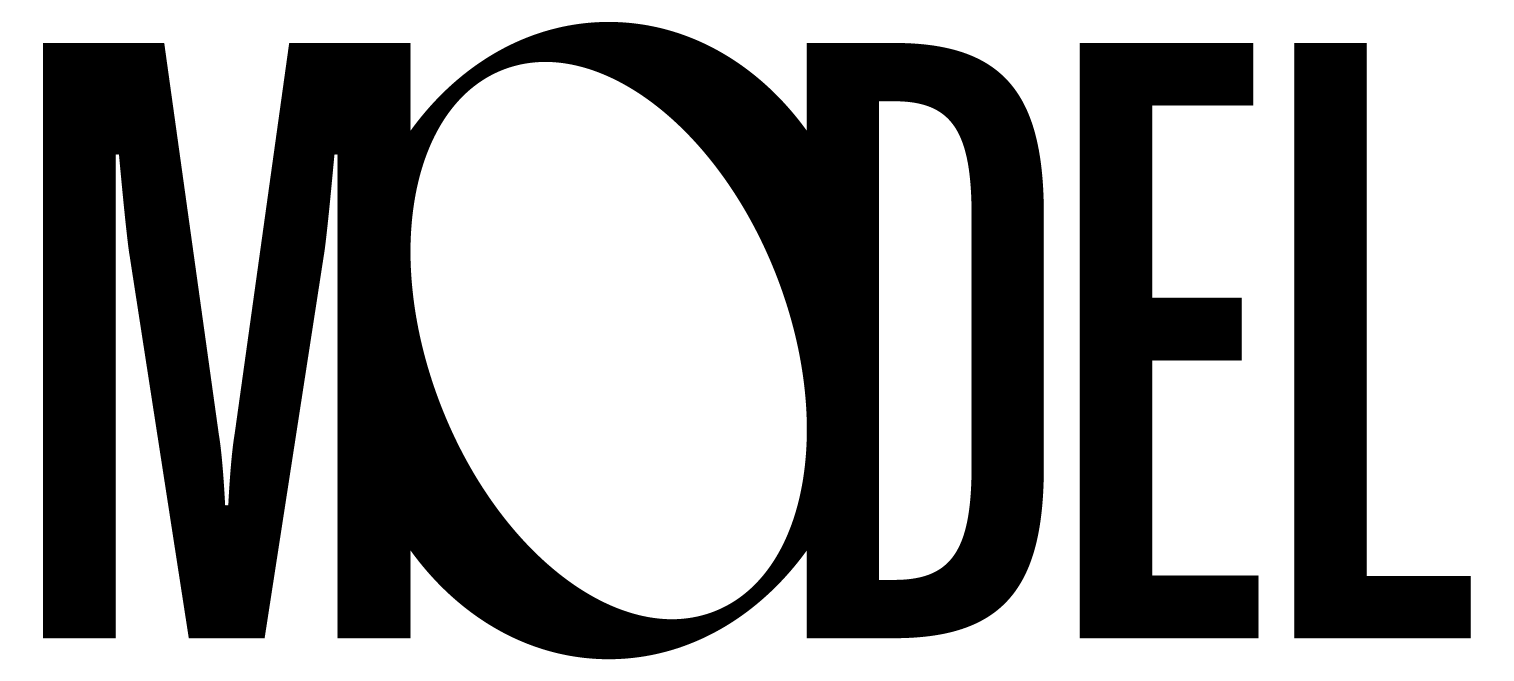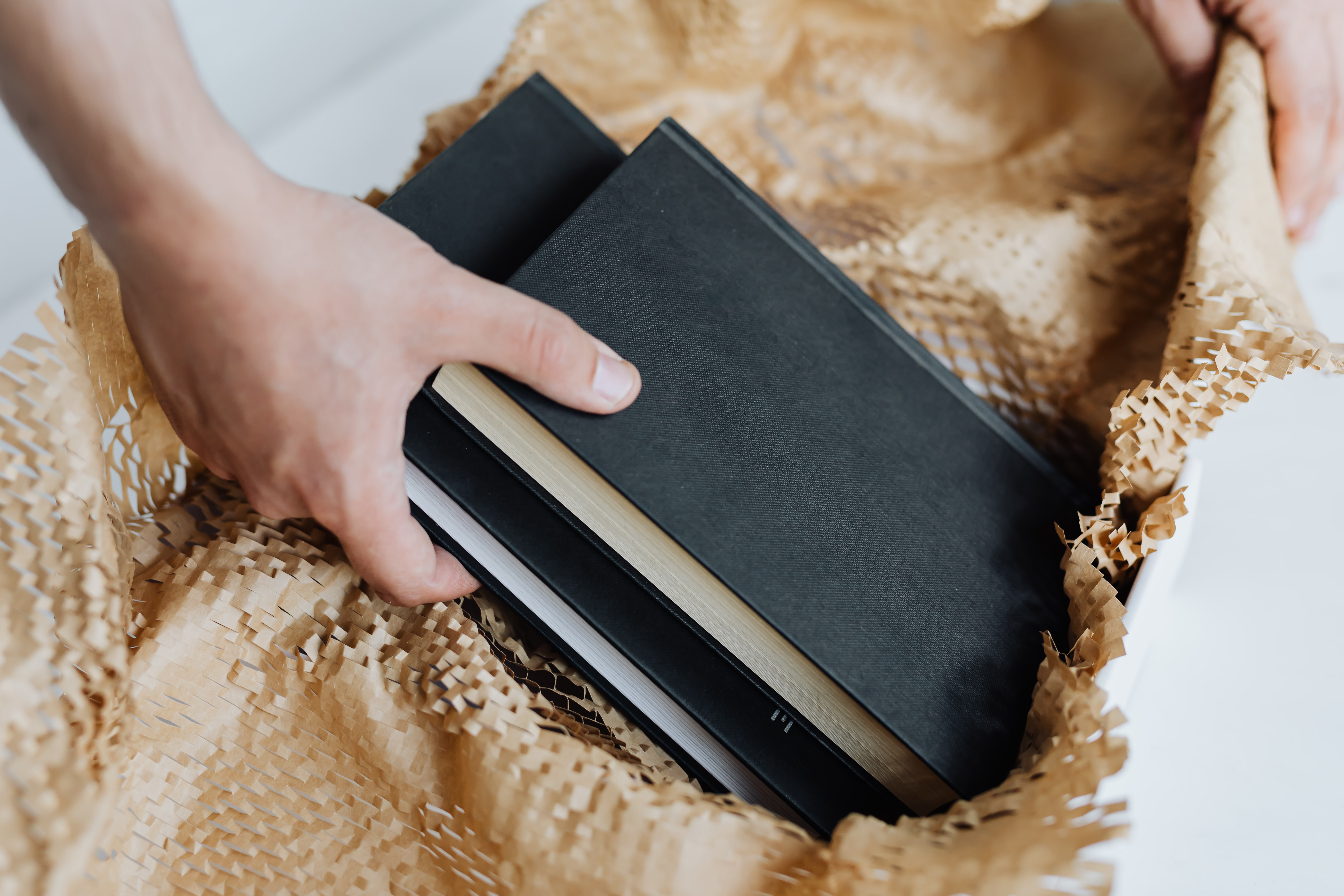Play it safe: optimum filling material for your parcel
Because you never know what will happen to your parcel on its way, it's better to cushion the contents carefully. Every product has a suitable packaging material partner: electrical appliances feel at home with antistatic bubble wrap. Heavy packaged goods are ideal with firm paper padding.
Whether you are sending a parcel privately or several times a day for your online business - the inner packaging (filling material and padding) is your best friend when it comes to secure shipping. We have the answers to the most important questions to help you keep an overview:
- What is the difference between filling material and padding material?
- Which padding and filling material is needed for which contents?
- What are the advantages and disadvantages of filling and padding materials?
- Should boxes be padded with old newspapers?
- Are there environmentally friendly padding and filling materials?
Quick tips: Dos & don'ts for filling material
Upholstery material and filling material: the differences
Upholstery and filling material 1x1
Your parcel won't exactly be handled with kid gloves on its journey. This is not a problem if you protect the contents properly in the packaging. You can find all the important information about padding and filling material here.

